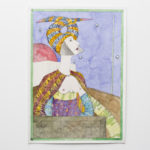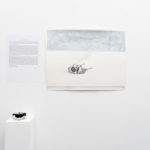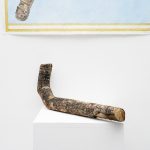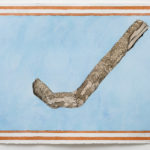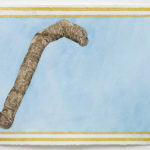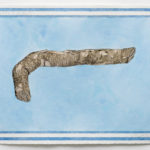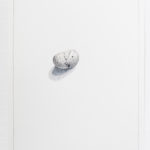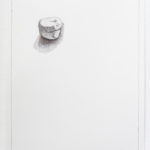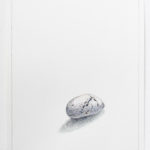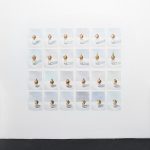
Do you want search ?
In the 1960s Nikita Alexeev (Moscow, 1953) was part of the Muscovite conceptualist movement, christened Romantic Muscovite Conceptualism by Boris Broys: it was a milieu that grew up around such artists and poets as Ilya Kabakov Victor Pivovarov, Ivan Chuikov, Eric Bulatov, Lev Rubinstein, and Andrei Monastyrsky.
This, for political reasons, was a very different kind of Conceptualism from that of the West and was culturally linked to idealistic and mystical movements rather than to the aesthetic and philosophical avant-gardes of the twentieth century which had come about outside the area of Soviet influence.
Nikita Alexeev’s works are ink drawings and watercolours of objects, flowers, wood, and stones: small witnesses to universal life, symbols of a dialogue between what is real and false, tangible and imaginary, verbal and visual.
Often accompanied by brief texts in Russian, French, and English, his drawings are intended to be a starting point for a revelation about the present that becomes personal and diverse for each of us.
For a long time he worked as a book illustrator and designer at the Moscow Publishing House; from 1970 onwards he produced and self-published books and albums.
From 1976 to 1983 he was a member of “Common Action”. In 1979 he was one of the founders of the Moscow Archive of New Art (MANI) and, from 1982 to 1984, he was co-founder and director of the ApArt gallery in Moscow, the location of which was in his own home. From 1987 to 1993 he lived in France; he currently lives and works in Moscow.
In 2009 Nikita Alexeev was nominated for the State Award in the field of contemporary art “Innovation”, and for the “Kandinsky Prize”.
His work is to be found in the collections of the Russian Museum, the National Center of Contemporary Art, the Nasher Museum of Art at Duke University in North Carolina, and in various private collections in Russia, Europe, and the United States.
